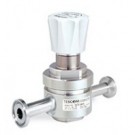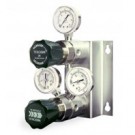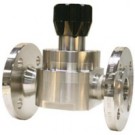Zürcher BRC Series, Angle Type
Tank blanketing, or padding, is the process and practice of covering a stored commodity, usually a liquid, with a gas. It is the best prevention of and protection against explosions.
Tank blanketing, or padding, is the process and practice of covering a stored commodity, usually a liquid, with a gas. It is the best prevention of and protection against explosions.
Tank blanketing, or padding, is the process and practice of covering a stored commodity, usually a liquid, with a gas. It is the best prevention of and protection against explosions.
Tank blanketing, or padding, is the process and practice of covering a stored commodity, usually a liquid, with a gas. It is the best prevention of and protection against explosions.
Tank blanketing valves are commonly used in tank storage systems to prevent and protect against explosions, to control product contamination against external air that may fill the vapour space, to reduce evaporation losses, to reduce internal corrosion and to prevent vacuum condition.
Tank blanketing valves are commonly used in tank storage systems to prevent and protect against explosions, to control product contamination against external air that may fill the vapour space, to reduce evaporation losses, to reduce internal corrosion and to prevent vacuum condition.
Tank blanketing valves are commonly used in tank storage systems to prevent and protect against explosions, to control product contamination against external air that may fill the vapour space, to reduce evaporation losses, to reduce internal corrosion and to prevent vacuum condition.
Tank blanketing valves are commonly used in tank storage systems to prevent and protect against explosions, to control product contamination against external air that may fill the vapour space, to reduce evaporation losses, to reduce internal corrosion and to prevent vacuum condition.





